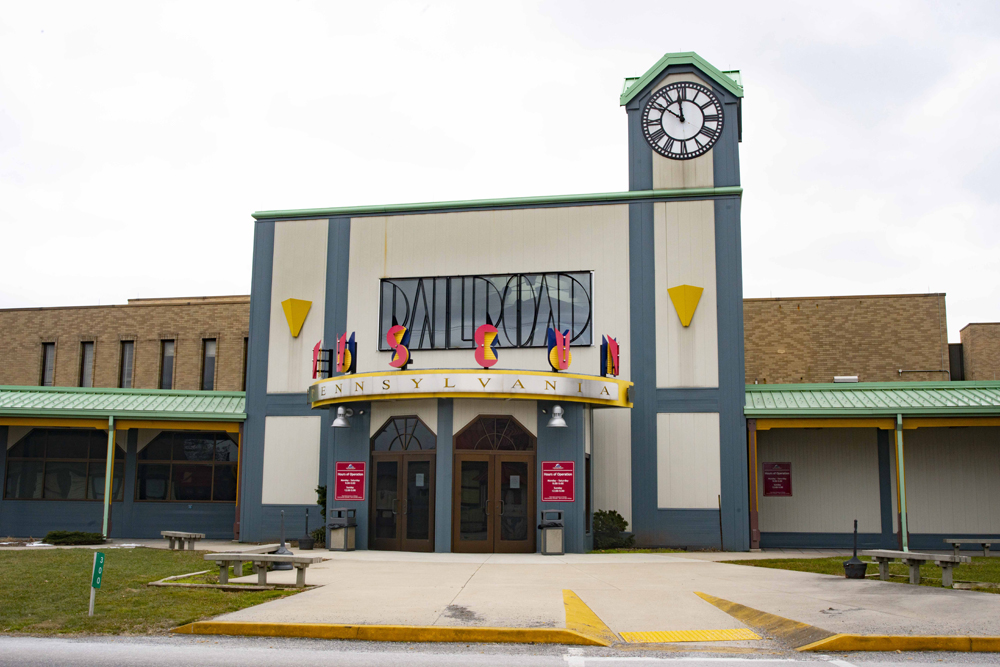
STRASBURG, Pa. — After a year of being closed due to the Covid pandemic, the Railroad Museum of Pennsylvania in Strasburg, Pa., will reopen on Friday, April 30.
The new normal days and times of operation for the museum will be Fridays through Sundays, with hours 10 a.m. to 4 p.m. on Fridays and Saturdays, and noon to 4 p.m. on Sundays.
Capacity at the facility will be limited to 50% of normal occupancy, or 125 people hourly, with a maximum per day capped at 750 on Fridays and Saturdays and 500 on Sundays. After the William Penn Memorial Museum at the state capital in Harrisburg, the Strasburg site is the most heavily visited of the state’s two dozen museums and historic sites. It is one of four state-owned railroad museums in the U.S.; the others are in California, Nevada, and North Carolina.
Health and safety protocols will be in place, including mandatory mask wearing, social distancing, hand cleaning by visitors, and regular sanitizing of “high touch” areas such as handrails.
Besides a library and archives, smaller display venues, and meeting rooms, the museum’s largest public area is its George M. Hart Rolling Stock Hall, with about 100,000 square feet, approximately the size of two football fields. Four parallel tracks are housed indoors to display some of the site’s 100-plus locomotives, cars, and support vehicles. Rolling stock ranges in age from an 1836 Camden & Amboy coach to a recently retired Amtrak AEM-7 electric locomotive.
The museum closed March 14, 2020, and the last day with a full staff on hand was two days later. In the interim, the site was limited to a skeleton staff of no more than four persons being in the buildings at any one time, performing restoration work, doing research for library requests, conducting building and grounds maintenance, and handling cleaning and general upkeep.
It will reopen with 20 full-time and six part-time staff, according to Patrick Morrison, site administrator. During the shutdown, he said, the “fully mobilized” staff has worked mostly from home, completing some 50 virtual education programs and revamping online programming.
Among the projects the limited restoration staff worked on, he said, were restoration of the tender for Pennsylvania Railroad Class B6sb 0-6-0 steam locomotive No. 1670; redoing flooring in a Railway Post Office Car; installing a two-target PRR position-light signal; reinstalling the original firebox door on PRR Class E7s 4-4-2 steam locomotive No. 7002; and performing heavy repairs on a Jersey Central crossing-gate tower.
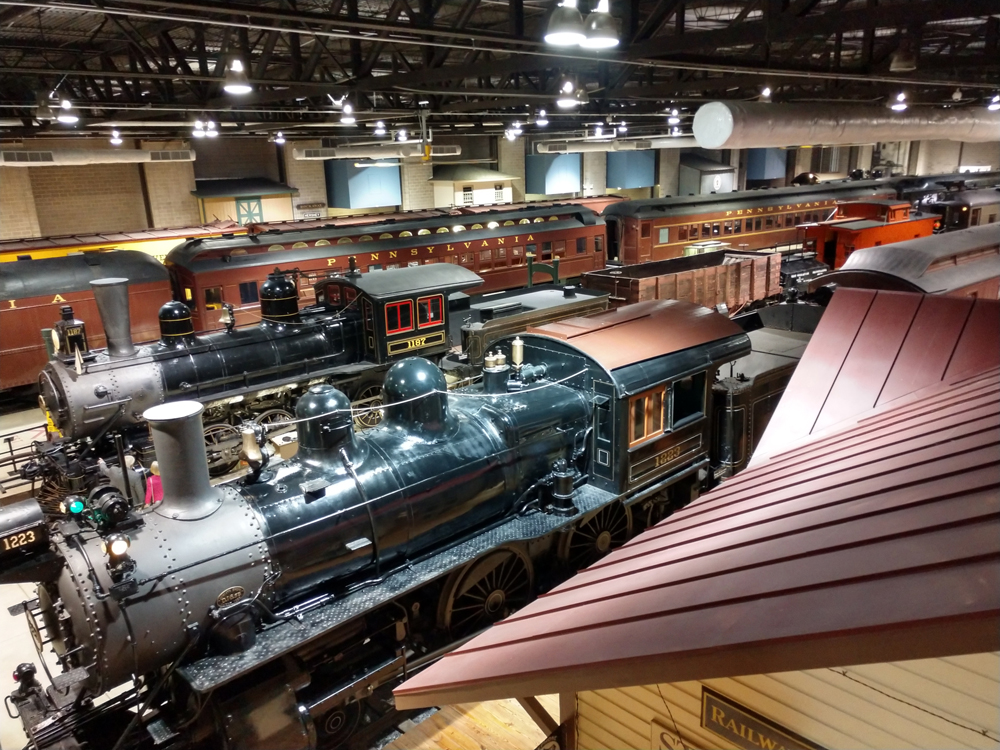
Regarding other work, Morrison said, “We wrapped up our $4.5 million exhibit project, part of a capital project that’s been in the pipeline for many years. We redid a lot of artifacts, signage, and interactive exhibits.
“All of our (indoor) equipment has new interpretive signage. We were almost done with it before the museum closed; we are totally finished with it now.”
This project includes at least 50 pieces, 10 of which have touch screens with virtual tours on them. Among these are tours of the inside of PRR Class GG1 electric locomotive No. 4935, with a 360-degree view of the inside of its cab. Another exhibit with this treatment is the 1913 Pullman sleeper-lounge car Lotos Club, which offers five different virtual tours to see the interior of each of the major rooms in the car.
Morrison said the museum has been awarded grant money to acquire new hardware. “We have a machine we bought with a grant that will allow us to digitize our 16mm films,” he said. “A lot of them are old PRR films that are starting to deteriorate, and we’re trying to get them digitized.”
While staff will return on a tiered basis through April, volunteers of the auxiliary group, the 2,000-member Friends of the Railroad Museum, will not return until after the reopening.
The Friends have been limited to playing a reduced role during the year’s shutdown, Morrison said. “We have involved some volunteers in meetings and virtual programs, but most has been offsite, because we haven’t been able to permit anybody onsite. It’s been a … long year for everybody.”
Jim Rose, president of the Friends, said the group is looking forward to restoring a steel Monongahela Railway caboose and making progress toward planning an additional indoor storage/display facility to shield more of the collection from weather. In the interim, he added, the group helped organize and label a collection of 35mm color slides. Before the shutdown, he said, the Friends typically saw a crew of 15 to 20 volunteers each weekend, and he’s confident that enough enthusiasm is there to return to that level of interest.
Of the museum’s approach upon reopening, Morrison said: “We’ve been telling everybody it’s back to basics for a while. Good old visitation, giving tours, interpreting equipment.
“There will be no events and no public programs until at least the fall. It will be one-on-one interaction with visitors, and that’s what I miss the most.” School programs will resume in the fall as well.
“It’s a very lonely place when there’s nobody here,” said Morrison, who has been site administrator since May 2017, but began some 25 years ago as a museum educator. “It’s going to sound strange to say this, but I think the trains missed the people too. These things are meant to be seen.”
The museum’s major pending capital project is constructing a six-stall partial roundhouse to protect the remainder of the PRR collection of steam locomotives not already displayed indoors, said Morrison. Some discussions were held during the year’s hiatus, but, he said, “We don’t have a groundbreaking date.”
The locomotives to be housed in this facility are Class K4s 4-6-2 engine No. 3750; Class L1s 2-8-2 engine No. 520; Class H10s 2-8-0 engine No. 7688; the previously mentioned Class B6sb 0-6-0 switcher No. 1670; the recently restored Class E6s 4-4-2 engine No. 460; and the largest, Class M1b 4-8-2 engine No. 6755. No. 460 is currently housed in the Hart Rolling Stock Hall.
— Updated at 8:20 p.m. on March 26 with comments from president of Friends of the Railroad Museum.






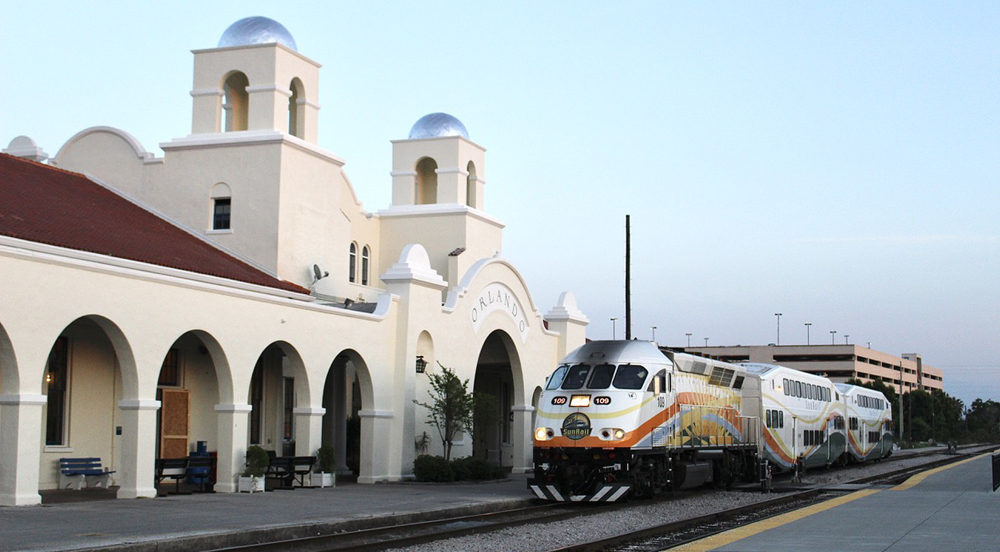
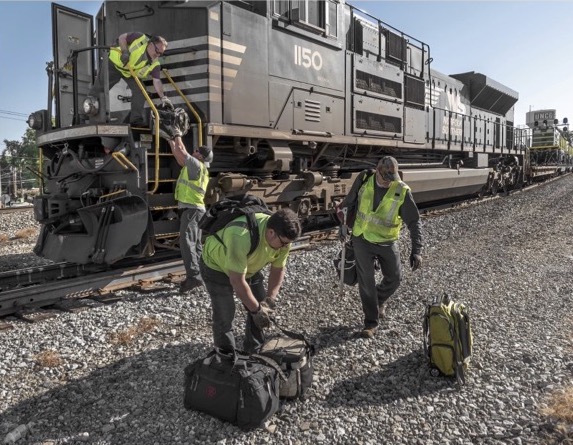
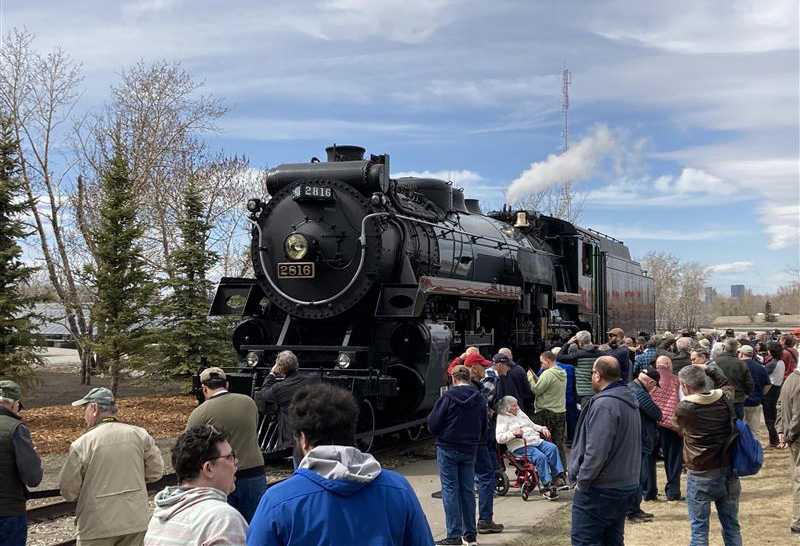
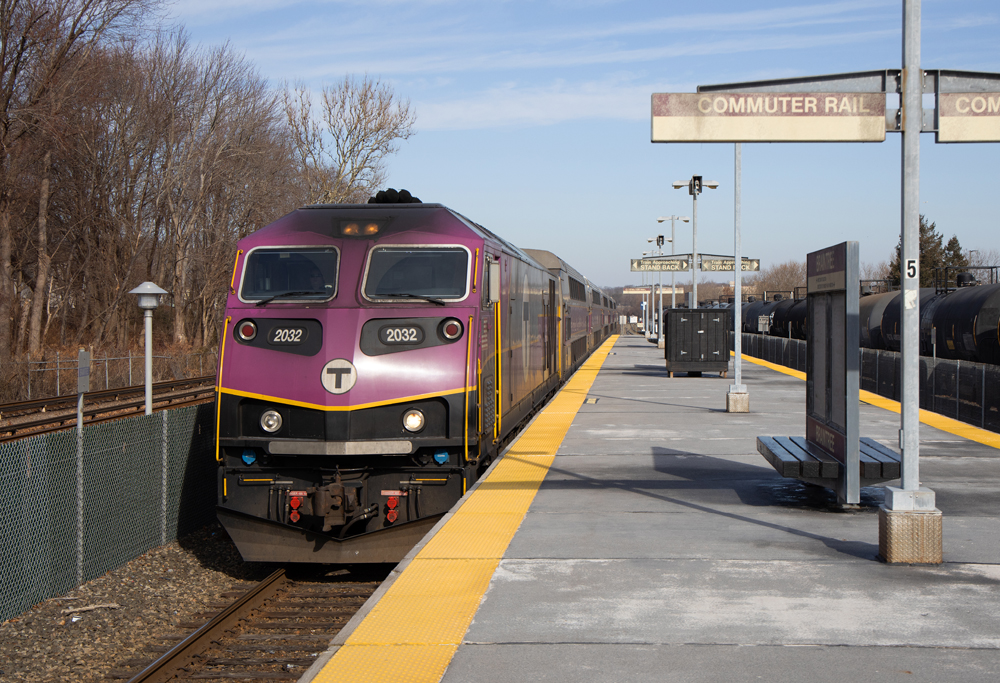




I have been in the museum (exhibits) about three times, plus several trips just to the well-stocked bookstore. I highly recommend experiencing this museum and bookstore as well as riding the SRR across the street which I have 5 times in my soon to be 60 years,
Too bad they couldn’t have at least kept the bookstore open when restrictions started loosening up a bit last year.
Ms. Vinson, your “built to run” statement is an understatement. 🙂
The trains not only miss the people, but also miss cruising cross-country. These trains were built to run.
Great to hear. For those who haven’t visited, the museum has a fabulous collection of locomotives, rolling stock, and railroad-related artifacts. I’ve been looking forward to progress on the partial roundhouse, which will allow the cars and engines still stored outdoors to be housed indoors and out of the elements.